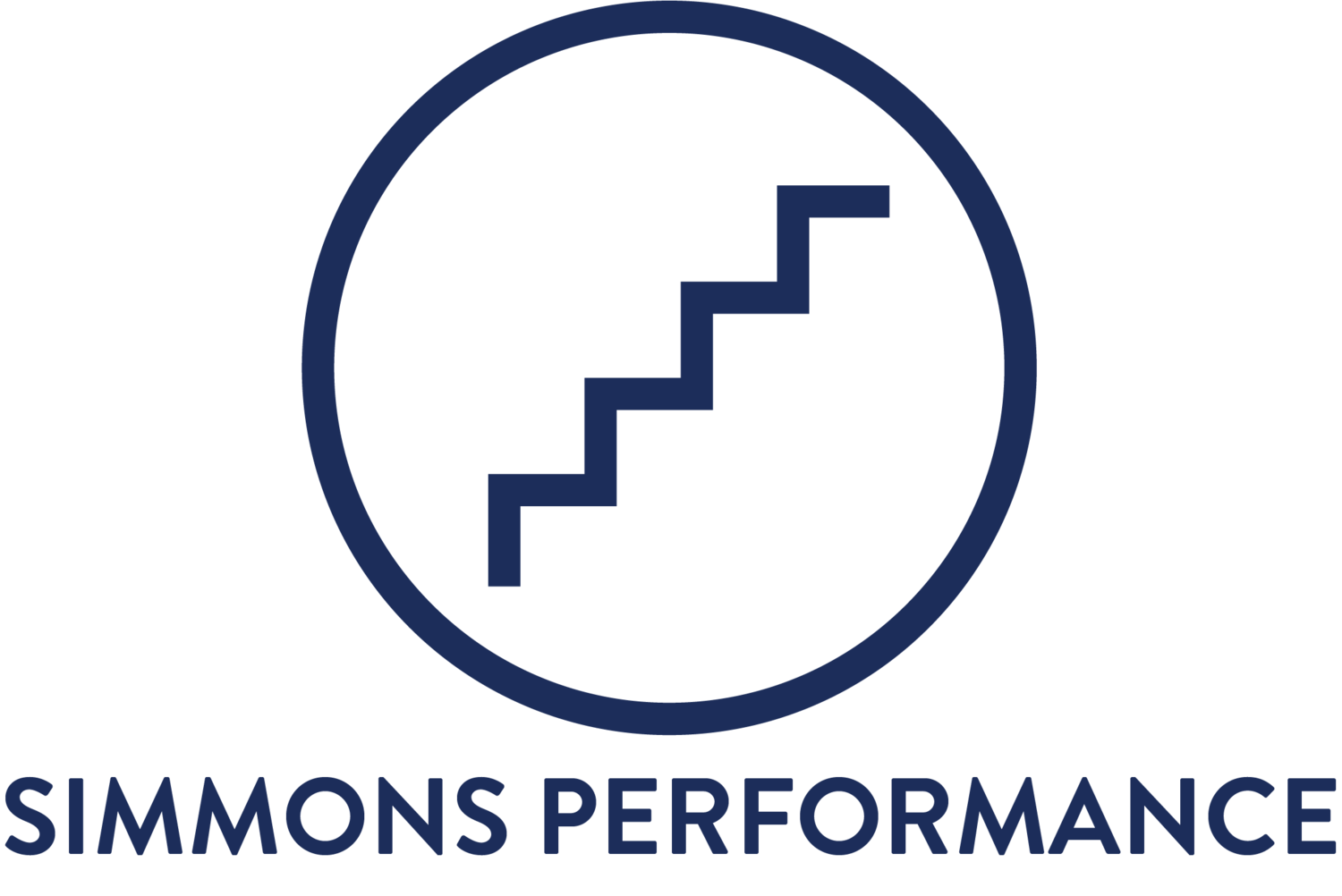Coaching Mastery from Phil Mickelson
On Thanksgiving weekend, Steph Curry, Peyton Manning, Phil Mickelson, and Charles Barkley put on a good show in The Match 3 - a modified alternate-shot event. The underdogs, Barkley and Mickelson, won the match 4 and 3. If you missed it, you can catch it here: https://www.tntdrama.com/thematch
The spin after the event was the golf was poor and that the play was slow. But the mental game coaching that Phil Mickelson gave to Charles Barkley was outstanding. He managed to turn Barkley’s 25 handicap into a 10, they won holes 2 through 5 and never looked back.
Here are some of the principles that Phil shared with Charles to transform his game.
Control the Controllables: Barkley was in a very high-pressure situation. He was on national TV. The stakes were high. And, he has a reputation for being an unusually bad player.
Mickelson focused Barkley on the controllables – good shot selection and a good process – and away from externals outside of his control. For example, Mickelson said on the third green:
OK, Charles, here’s the thing. We now have to quiet our mind and forget about all the exterior stuff. Let’s forget about the people, and the money and focus on what we are doing and our process.
Positive Self-talk: Charles Barkley is supremely confident in his basketball world, his broadcasting world, and his personal world. He is not confident in his golf world. Phil encouraged positive self-talk to improve Barkley’s mindset. For example, Phil said: “Charles has the best hands I have ever seen, and a result, he is a great putter.” And later, he said: “We are playing to his strength by giving him a good look at birdie.” Phil was talking to the announcers, but he clearly knew that Barkley heard every word on his personal ear bud.
Use Simple, “Feel,” Swing Thoughts: Barkley is known for the hitch in his swing, although some might call it a “severe total body cramp.” On Saturday, however, Charles swung the club more like George “Iceman” Gervin shot the basketball (you younger players may need to look him up). His swing was “oily.”
Good players make their swing thoughts reactive and athletic and use “feel” words, not technical terms. Mickelson gave Barkley a simple, athletic swing thought - “turn and turn.” He told him at one point “Quiet your mind and feel what we were working on.” And it worked. While Barkley had a couple of high-handicap misses, his good tee shots were the key to the win.
Visualization: Great players create in their pre-shot routine a mental image of the shot they intend to hit. In other words, “the shot creates the swing,” not the other way around. This process allows the player to stay in the present, as opposed to thinking about the last shot or the next hole. It also can eliminate negative thoughts.
Phil used imagery to coach Barkley. For example, in their practice round, on the 7th hole, Phil had Charles practice mid-range putts from behind the hole, as Mickelson thought that he could hit his approach there in the tournament. Sure enough, when Mickelson hit his second shot on 7 right where he said he would, he gave Barkley this visualization cue – “see the putt you made yesterday.” Barkley did not make it, but he made a great, free-flowing stroke and hit the putt dead at the hole, one roll short.
Mickelson also showed how he uses visualization in his own game on the 11th, a short par 3. Standing behind the ball, Mickelson said “I see a cut. I’m going to hit the outside rather than the back of the ball, and the shot will move a couple of yards right to left with a little more spin. It will land just left of the hole, and release toward the pin.” With this precise imagery, Mickelson hit it to a couple of feet.
Be Coachable: Credit here goes more to Barkley than to Mickelson. Barkley prepared for and played the event with a growth mindset. He was open to learning from one of the greatest players in the game and left his pride and ego in the locker room. Mickelson developed a game plan, and his player executed.
On most par 4s and par 5s, Barkley hit first and hit a 5 or 6 iron. This plan did a several things. First, Charles had no decisions to make, which reduced his anxiety. Second, it gave Barkley confidence. He hit the first two fairways with a 5 iron, and you could almost see his shoulders rise. He was in the game and contributing to the team. Finally, if Barkley hit the fairway, Phil could take dead aim with an aggressive line off the tee.
Putting: Mickelson knew that for Barkley – and for all of us – pace is the most important element of every putt. It is pace that creates the line. Repeatedly, as Charles read the putt, Mickelson would speak to him using words that focused on pace. One time, on a downhill putt, he pointed to a spot six feet short of the hole and said: “See it dying right here.” On an uphill putt, he said: “Be affirmative with this one because the slope will hold it.” This was perfect. The word “affirmative” is so much better than the old saw “do not leave it short.”
Phil Mickelson taught some invaluable lessons in his work with Charles Barkley. Whether you are a 25 handicapper, or a scratch player, applying these principles will lead to lower scores.
Play Well!
